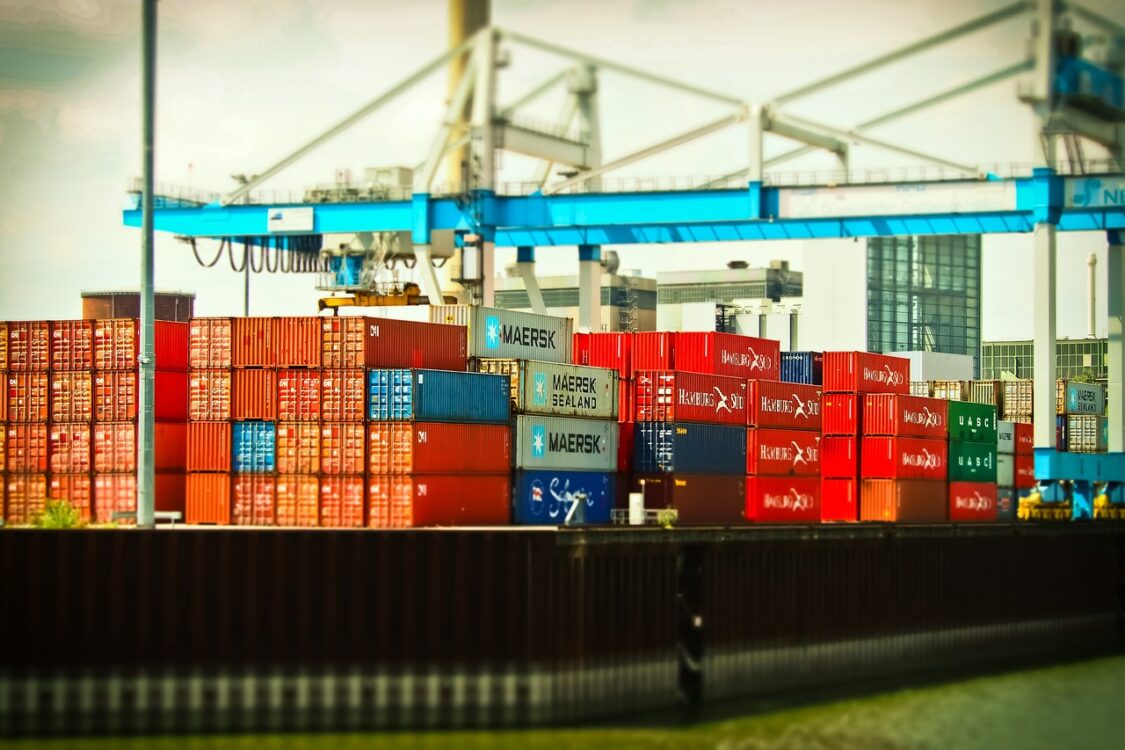
Direct sourcing from China has become a prevalent strategy for businesses looking to access the world’s manufacturing hub. While this approach offers numerous advantages, it’s not without its set of challenges. In this article, we explore the benefits and challenges of direct sourcing from China, helping businesses make informed decisions as they navigate the complexities of international trade and manufacturing.
Benefits of Direct Sourcing from China:
- Cost Savings: Direct sourcing often allows businesses to cut out intermediaries, reducing costs and increasing profit margins.
- Access to a Vast Supplier Network: China boasts an extensive supplier network, offering a wide range of products and manufacturing capabilities.
- Customization and Flexibility: Direct communication with Chinese suppliers allows for product customization and the ability to adapt to changing market demands.
- Quality Control: Businesses can implement rigorous quality control measures and oversee production processes more effectively.
- Market Competitiveness: Direct sourcing can lead to competitive pricing, enabling businesses to offer cost-effective products in the market.
- Opportunity for Private Labeling: Companies can brand products as their own, fostering brand recognition and loyalty.
- Efficient Communication: Establishing direct relationships with suppliers can streamline communication, reduce misunderstandings, and enhance collaboration.
- Speed and Efficiency: Direct sourcing often results in faster production and shipping times, meeting market demands more effectively.
Challenges of Direct Sourcing from China:
- Language and Cultural Barriers: Language differences and cultural nuances can lead to misunderstandings and communication challenges.
- Quality Assurance: Ensuring consistent quality can be challenging, and it may require frequent inspections and quality control measures.
- Logistical Complexities: Shipping, customs clearance, and distribution can be complex, especially for businesses new to international trade.
- Regulatory Compliance: Navigating international trade regulations and compliance requirements can be daunting and time-consuming.
- Supply Chain Disruptions: Global events, like the COVID-19 pandemic, have shown that supply chain disruptions can impact direct sourcing operations.
- Intellectual Property Risks: Protecting intellectual property can be challenging in a foreign market, requiring legal expertise.
- Market Research: Identifying the right suppliers and products requires thorough market research and due diligence.
Conclusion:
Direct sourcing from China offers numerous benefits, including cost savings, customization, and efficient communication. However, it is not without its challenges, ranging from language and cultural barriers to quality assurance and regulatory compliance. Successful direct sourcing hinges on thorough research, risk assessment, and the development of strong relationships with Chinese suppliers. By carefully weighing the advantages and challenges, businesses can make informed decisions and harness the potential of direct sourcing from China while effectively mitigating risks.